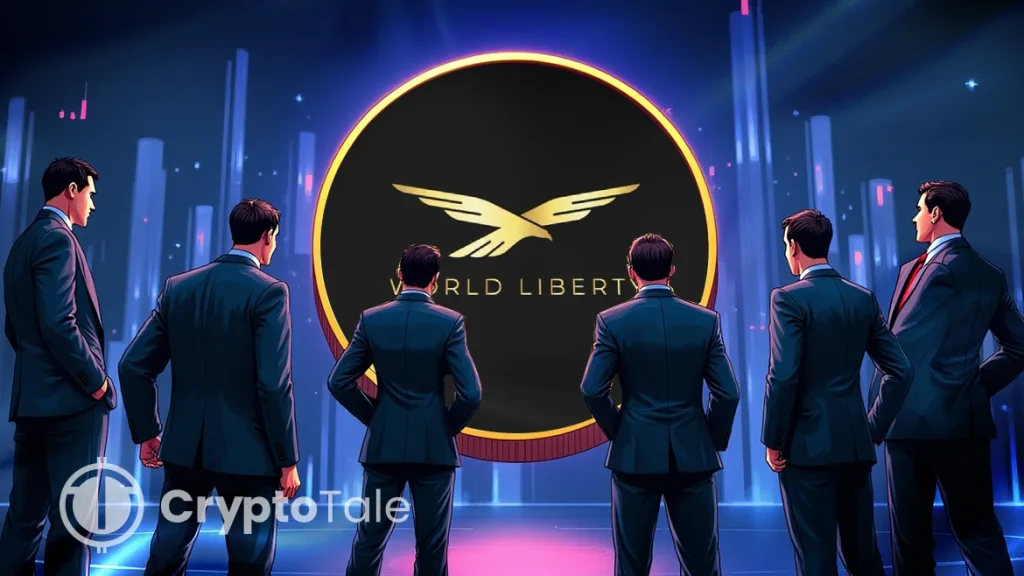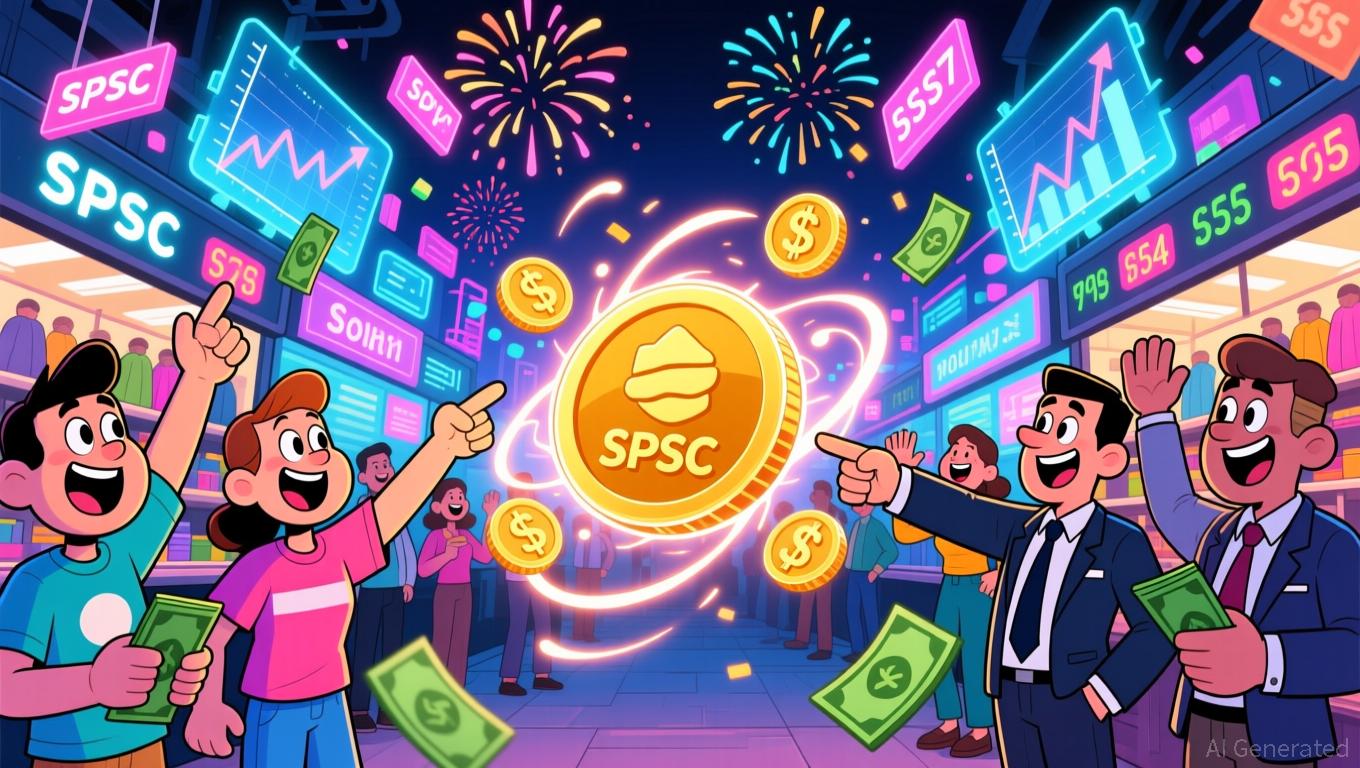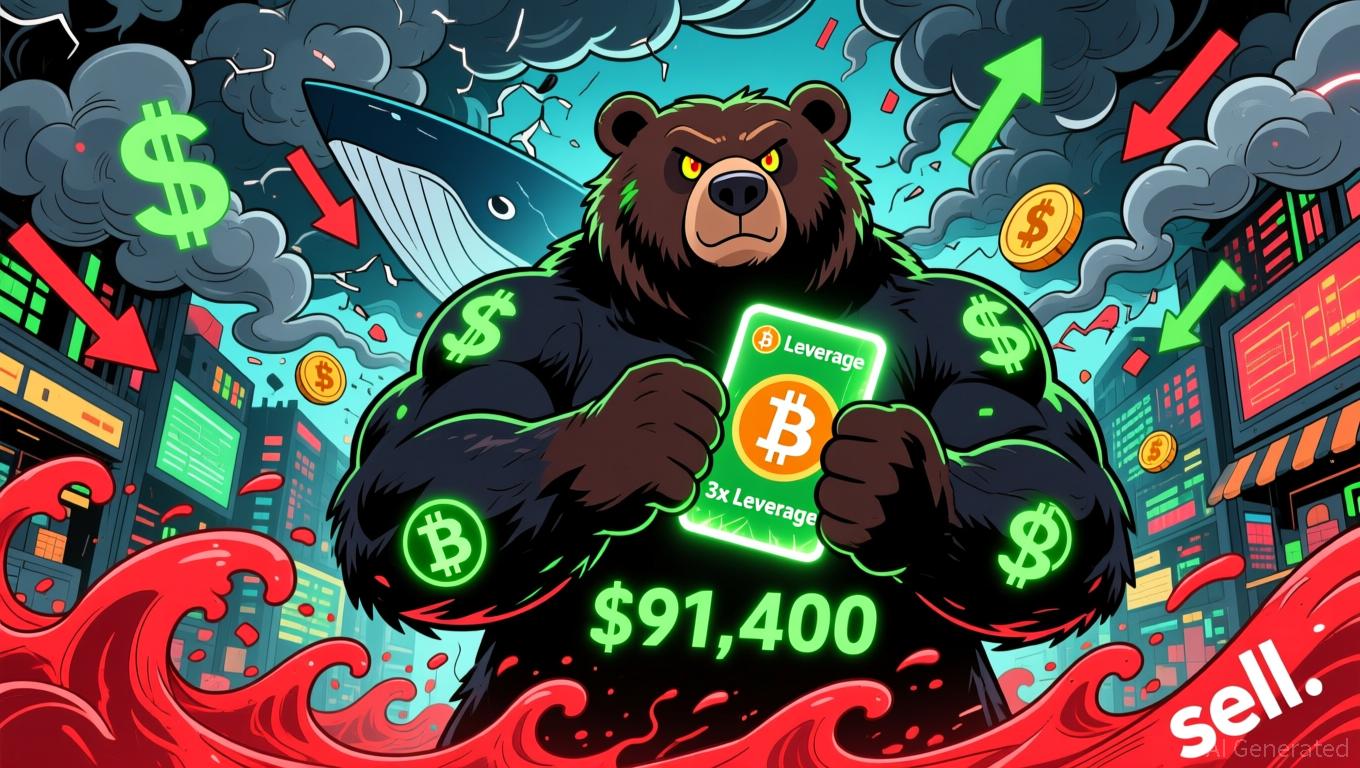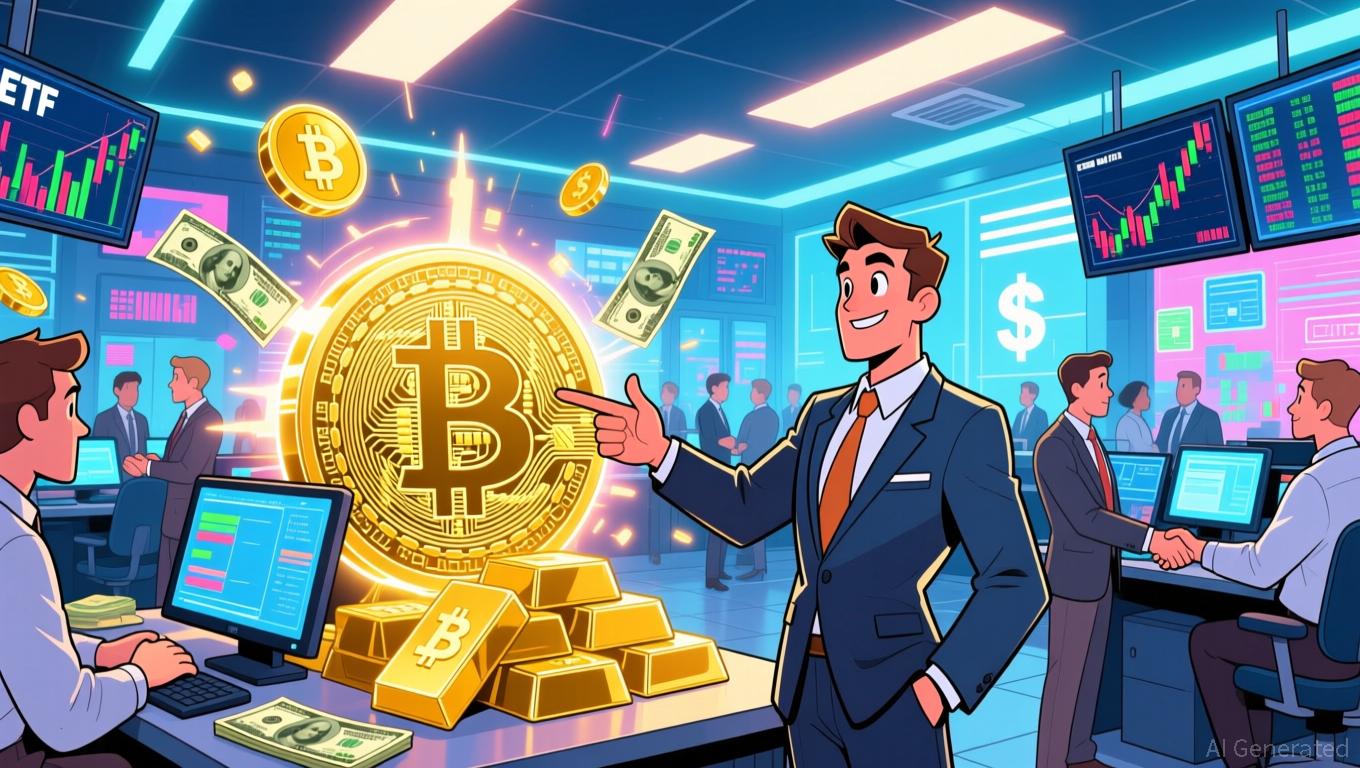WLFI Launches Buyback and Burn to Stabilize Token Value

- WLFI launches a buyback-and-burn program to stabilize token value and reduce supply.
- The initiative uses liquidity fees from Ethereum, BNB Chain, and Solana to repurchase tokens.
- WLFI’s buyback strategy follows successful models from Hyperliquid and Thumzup.
World Liberty Financial (WLFI), a DeFi project linked to Donald Trump, is taking action to address market volatility after its token price dropped over 55% in September. In response, WLFI has launched a comprehensive buyback-and-burn initiative, supported by its community, to alleviate selling pressure and stabilize its token’s value by reducing the circulating supply.
The buyback mechanism is dependent on liquidity fees collected from WLFI’s protocol-managed LP pools over Ethereum, BNB Chain, and Solana. These fees are then used to buy WLFI from the market and subsequently transferred to a burn wallet. The goal of this process is to systematically reduce the supply of a token, which may make it more scarce and valuable.
WLFI Adopts Buyback and Burn Strategy to Tackle Market Volatility
This is part of a bigger trend in the cryptospace where projects are implementing burn mechanisms to reduce supply and minimize volatility. WLFI’s adoption follows the token’s price nosediving 56.52% in one month, from $0.46 on September 1 to $0.20. The coin’s recent decline has been a cause for concern, with weekly and monthly losses pegged at 13.76% and 11.83%, respectively.
According to WLFI, the buyback and burn program aims at gradually shrinking the token supply. The project seeks to establish a positive feedback loop by decreasing supply while demand increases.
Notably, WLFI’s buyback program is tailored to its protocol-controlled liquidity pools. Third-party as well as community liquidity pools remain untouched, so there is no major disruption of external ecosystem contributors.
Other DeFi projects, such as Hyperliquid, direct most of its platform fees into buybacks and burns of its $HYPE token, reducing circulation as more tokens are repurchased. Likewise, Raydium has burned 71 million tokens, or roughly a fourth of its supply, through some of its fees.
Buyback Strategies Gain Traction Across Crypto and Equity Markets
Other firms in the equity markets have also taken similar buyback and sell-back roads. Thumzup Media recently announced a $10 million share repurchase plan. This was in addition to its previous $1 million share repurchase program, under which the company repurchased 212,432 shares at an average price of $4.71. Thumzup would execute this approach through 2026.
DeFi Development Corp, which is the first publicly traded company based on a treasury strategy around Solana, has also followed suit in the buyback movement. The company recently upped its buyback program to $100 million, from an initial $1 million.
The expansion makes it one of the largest stock repurchase plans in the digital asset industry. This highlights that buyback strategies have broader appeal in both crypto and traditional equity markets.
The buyback and burn is a move indicative of WLFI’s priority for transparency. The project would provide real-time updates to its community for every buyback and burn on-chain. They do so to build confidence and ensure that investors can monitor how well the initiative is working.
WLFI’s buyback and burn is a temporary remedy to an unpredictable marketplace. The project seeks to generate positive sentiment and restore investors’ belief by creating scarcity.
If WLFI proceeds with its buyback, the project aims to ensure the program generates lasting value. This maneuver could be a game-changer, and other Defi projects could look to follow suit. If successful, WLFI could set a trend for other projects to pursue similar approaches during periods of market volatility.
Disclaimer: The content of this article solely reflects the author's opinion and does not represent the platform in any capacity. This article is not intended to serve as a reference for making investment decisions.
You may also like
Dogecoin News Today: Meme Coins Achieve Recognition as Institutional Investors and ETFs Drive Market Changes for 2025
- WLFI's acquisition of Solana-based meme coin SPSC triggered a 139.8% price surge, highlighting institutional interest in meme tokens. - Binance's listing of Dank Penguin and BNBHolder boosted their market caps past $5 million, showcasing exchange-driven momentum in meme coin ecosystems. - Dogecoin's ETF debut via Bitwise's BWOW and Grayscale's GDOG signals growing institutional validation, despite mixed initial performance compared to Solana/XRP ETFs. - 2025 could solidify meme coins and altcoin ETFs as

Bitcoin News Today: Bitcoin Whale Bets $84 Million—Sign of Faith or Disaster Looming?
- A Bitcoin whale opened an $84.19M 3x leveraged long on Hyperliquid after securing $10M in profits, amplifying market volatility and liquidity risks. - Other whales added 20x-25x leveraged positions totaling $75M in BTC/ETH, reflecting heightened confidence in short-term price resilience amid December 2025's 3.64% BTC and 3.79% ETH gains. - Analysts debate the rally's sustainability, citing weak Sharpe ratios (-36% Bull-Bear Index), 30% drawdown from peaks, and structural liquidity challenges favoring ran

Hyperliquid News Today: Avici Soars 1,700%—Is It MoonPay Buzz or Genuine Market Movement?
- Avici (AVICI) surged 1,700% amid speculation of a MoonPay partnership, now valued at $90.7M with $2.5M liquidity. - Analysts highlight its neobank narrative, competing with projects like Cypher while facing $50–$500 price targets implying $1B–$5B valuations. - Security risks persist, exemplified by Upbit's $36M hack and Trezor CEO's warnings on exchange vulnerabilities. - Avici's success hinges on balancing innovation with compliance, regulatory clarity, and execution amid a crowded crypto debit card mar
Bitcoin News Today: Bitcoin Recognized as a Mainstream Asset as Nasdaq Lists IBIT Alongside Leading ETFs
- Nasdaq's ISE proposes tripling Bitcoin options limits for BlackRock's IBIT to 1 million contracts, aligning it with major ETFs like EEM and GLD . - The move reflects IBIT's dominance as the largest Bitcoin options market by open interest, driven by institutional demand for hedging and speculation. - Analysts highlight the normalization of Bitcoin as a tradable asset class, with unlimited FLEX options and JPMorgan's structured notes signaling broader institutional adoption. - Regulatory alignment with gol


 Governance Update:
Governance Update: